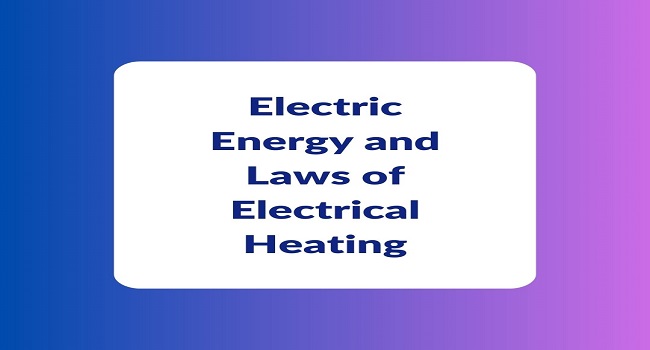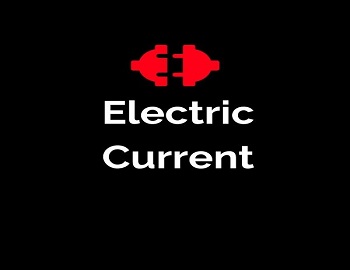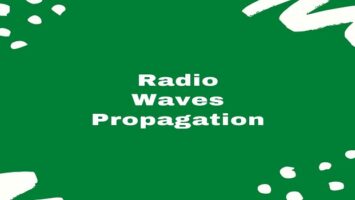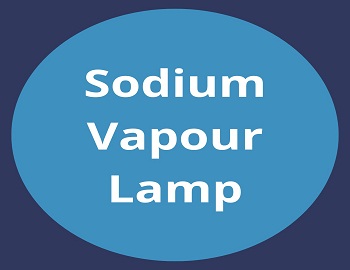Electric Energy and Laws of Electrical Heating:
Electric Energy- Electric power measures the rate of consumption of energy. The total energy consumed during a certain interval of time is, therefore, given by the product of the rate of consumption of energy (i.e. power) and time. Thus,
| W = P x t = VIt |
where P (= VI) is the power and t is time.
It is clear from the above relation that the unit of electrical energy can be written as watt-second which is equivalent to a joule. However, this is too small a unit for practical work. For commercial purposes, a bigger unit known as a kilowatt-hour is found more convenient than a watt-second.
A kilowatt-hour is the amount of energy consumed by an electrical appliance in one hour when it takes one kilowatt of power for its working. Thus,
| W (in kW-h) = P (in kW) x t (in h) |
Kilowatt-hour is also known as the Board of Trade Unit (or simply a unit) since it is this unit that is used for expressing the domestic and commercial consumption of electrical energy.
Laws of Electrical Heating- We know that the energy W consumed in joules to drive a current of I amperes through a potential difference of V volts for t seconds is given by
| W = VIt |
since V = IR, where R is the resistance of the conductor, we have
| W = I2Rt |
The energy consumed causes a rise in the temperature of the conductor. From the above relation, we find that the heat energy released is proportional to-
(1) the square of the current, when the resistance and time are kept constant.
(2) the resistance of the wire, when the current and time are kept constant.
(3) the time, when the resistance and current are kept constant.
These results were obtained for the first time through experiments conducted by Joule, hence they are called Joule’s Laws.
| Example- Find the current taken and the resistance of a lamp rated at 500 V, 80 W. What power the above lamp would consume if the supply voltage is 200 V? Solution- Here, P = 80 W, V1 = 500 V, V2 = 200 V ∴ I = P/V1 = 80/500 = 0.16 A and R = V1/I = 500/0.16 = 3125 Ω and P’ = (V2)2/R = (200)2/3125 = 40000/3125 = 12.8 W |









Comments (No)